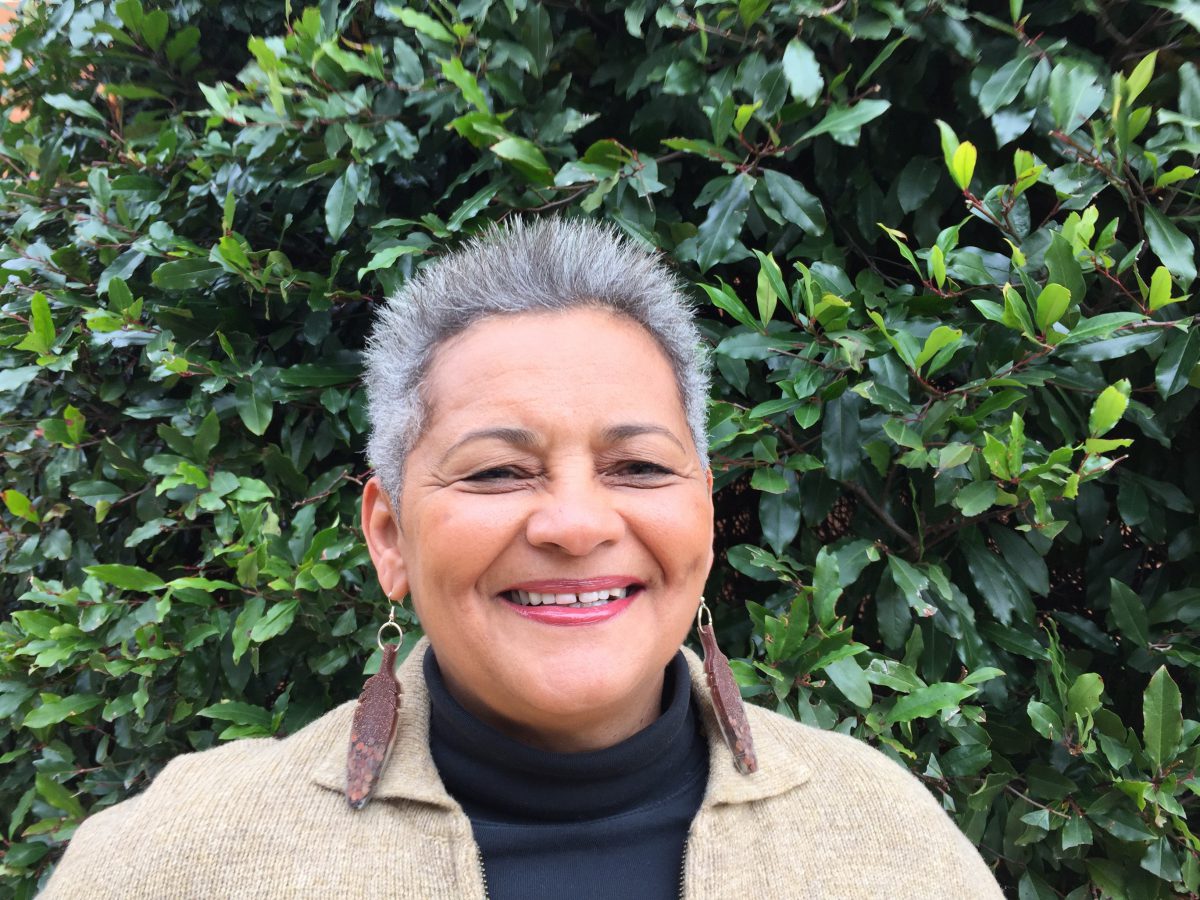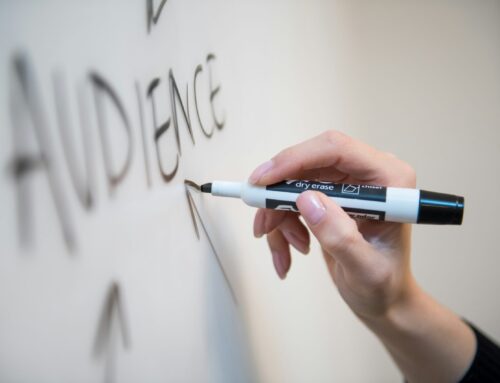Communications directors are in the perfect place to lead inclusive conversations–but let’s be honest–it’s not always easy. My colleague, Kim Pevia, is an expert in this field and she often calls inclusive conversations “crunchy.”
I’ve dubbed it “challenging” or “messy,” but the image of the “crunch” resonated. “You know the moment when it happens, you feel it in your body. It’s a discomfort. It’s palpable. That’s the crunch,” Kim told me one day when we were collaborating for the March 22 Inclusive Conversations webinar. It resonated because earlier that day I had stepped on [and damaged] my nephew’s pacifier. I heard a crunch and it went right through my body. I knew something was damaged. I knew it would hurt his feelings and that I had to pause. Miles away Kim had been “crunched” that week; she was on the other end of the damage as she heard the sound of a car running over the iPhone she hadn’t realized she dropped.
happens, you feel it in your body. It’s a discomfort. It’s palpable. That’s the crunch,” Kim told me one day when we were collaborating for the March 22 Inclusive Conversations webinar. It resonated because earlier that day I had stepped on [and damaged] my nephew’s pacifier. I heard a crunch and it went right through my body. I knew something was damaged. I knew it would hurt his feelings and that I had to pause. Miles away Kim had been “crunched” that week; she was on the other end of the damage as she heard the sound of a car running over the iPhone she hadn’t realized she dropped.
Back in the office, the crunches show up like this:
- Vanessa feels the “crunch” every time someone in her office uses the term “ghetto” to describe a certain style of behavior. For example: “He brings his lunch in a plastic grocery bag. That’s so ghetto!”*
- Frank has family members who struggle with depression and anxiety. He feels the “crunch” every time someone jokingly calls another person “crazy.”*
- Shae felt the “crunch” after working on her nonprofit’s annual report because it refers to its clients as “the homeless.”*
- Last month one of our Inclusive Conversations webinar attendees felt the “crunch” when I stumbled through using the term LGBTQIA+ (It was a new term that a collaborative group had shared with me weeks before).*
*All true stories, but names have been changed for confidentiality.
Now that you have a visual image… it doesn’t matter what you call it with a boss, co-worker, board, volunteers, or maybe even the people you serve. Whether you are the “crunched” [person who has had a value or place of identity damaged] or the “cruncher”[person who has stepped on someone’s value or place of identity]- do you ignore the matter or take the next step?
We created the second Inclusive Conversation webinar to help you take the next step. It’s challenging to have inclusive conversations with co-workers, your boss, and even your board.
I mentioned this in the last webinar, but it’s worth repeating…
- You don’t know what you don’t know
- We are challenging long-held beliefs (conscious and unconscious bias) not to mention confirmation bias
- The “rights” and “wrongs” of what to say are always changing
- We are “do-gooders” at heart
- We don’t know how to “fix” the damage
That’s why Inclusive Conversations are so important and as communications professionals, you are in the perfect place to lead…
- You are at the helm of communications. This means that after you and/or your team get intentional about diversity, you handle the implementation. Consistency in inclusive language [and images] will be important.
- You understand your brand identity, so you can make sure it aligns. During last week’s webinar, one communications professional wrote to ask about using the word predominantly [insert any of the following, Italian, family-friendly, Jewish] neighborhoods after I shared a few examples of how those were major “no-no’s” in the affordable housing world. Historically those terms were used in advertising and by realtors to steer “others” away. Now they are fair housing violations. The communications director then appropriately shared that making note of the cultural history of a community is important for their brand. To address that, I recommend the use of “historically” ________ neighborhoods. It’s a minor difference, but it speaks from a research perspective and doesn’t have the stigma of exclusion.
- You are often considering both sides of communications. Communications professionals are trained to think strategically from the perspective of inside of the company and the outside of the company. You are the perfect person to ask, “How are our values of inclusion reflected outside of the organization?”
- You want to be a champion for diversity, inclusion and equity (or at least we hope you do). Most communications professionals got involved in this work because they want to do good things in the world. These types of conversations are just another skill set and mindset to help you grow in that purpose.

Kim Pevia
I’ve asked my colleague Kim Pevia to join me for the second Inclusive Conversations webinar. Again, we will talk about what to say, but more importantly, how to say it. Kim is an experienced life strategist with a diversity of favorite topics including Emotional intelligence, Gifts of Conflict, Impacts of Historical Trauma, Cultural Healing and Innocuous Nature of Fear. I approach these conversations as a reporter sharing what I’ve learned along the way, but my friend Kim is a true expert.
Preparing for “crunchy” conversations will involve a combination of skill set & mindset. So the next webinar will focus on what should be in your toolkit to have Inclusive Conversations with others.
I often go back to the words of Mary Frances Winters in We Can’t Talk about That at Work!: How to Talk about Race, Religion, Politics, and Other Polarizing Topics.
She said, “Preparation is crucial—but so is intent.” Winters advises you to “come from your heart, learn from your mistakes, and continue to contribute to making this a more inclusive world for all.”
Join us next Thursday for our next Inclusive Conversations webinar – How to Talk to Your Boss (or Co-Workers) About Offensive Communications.






